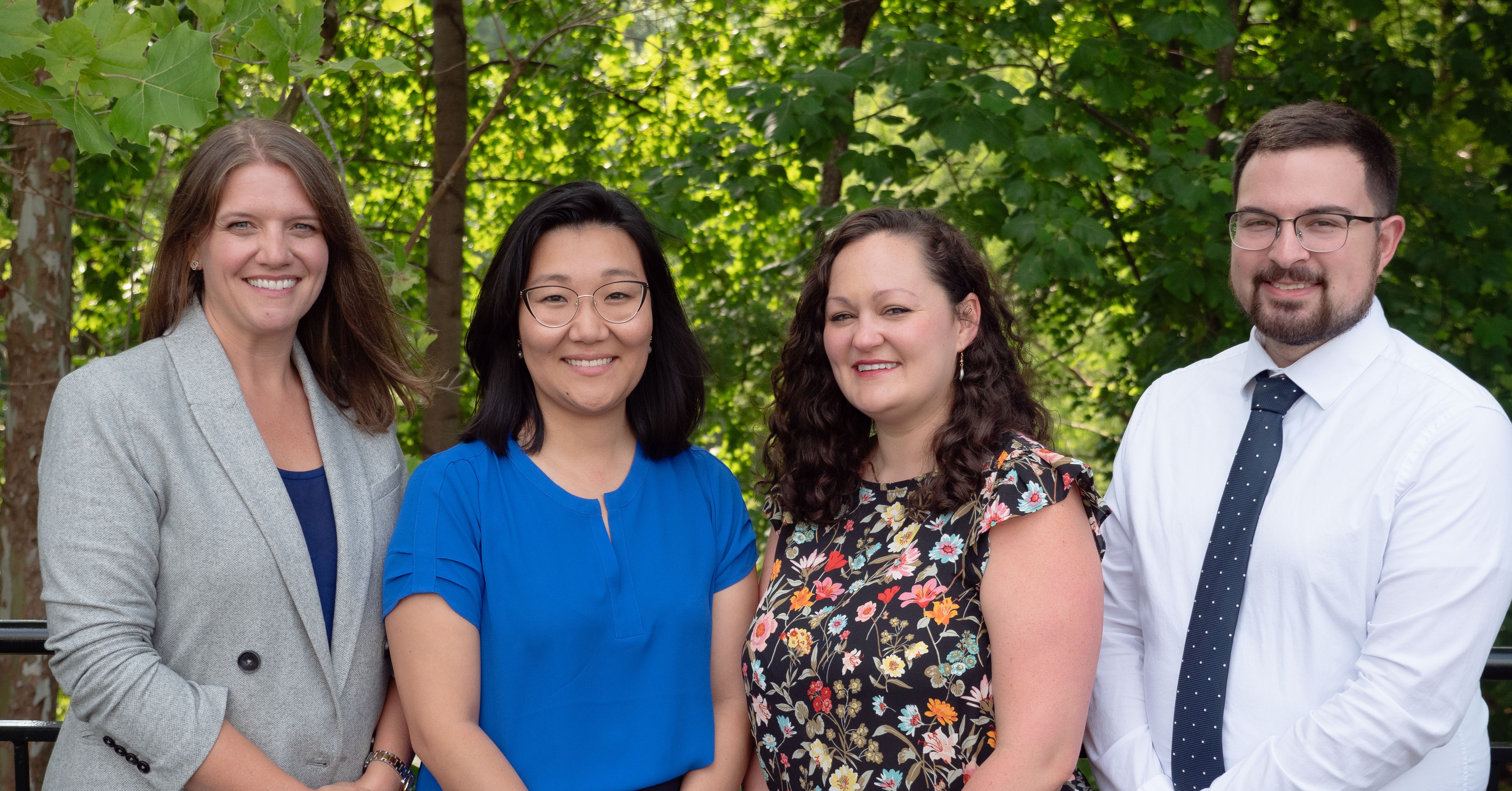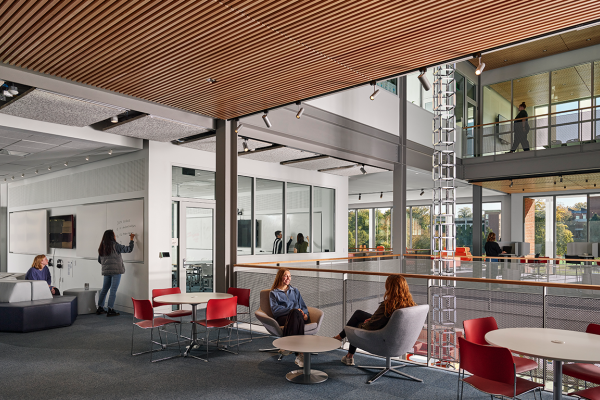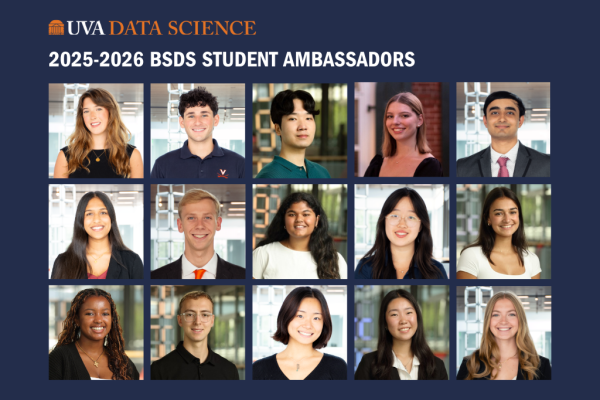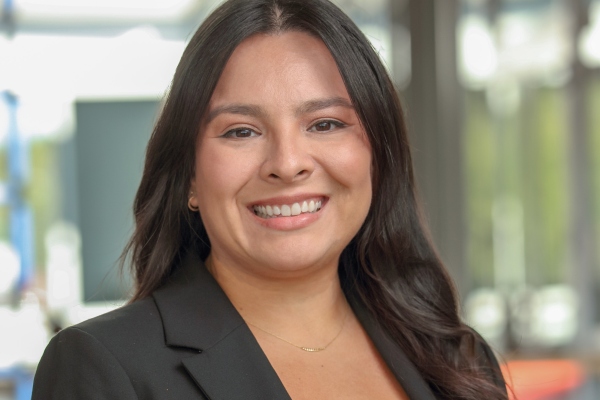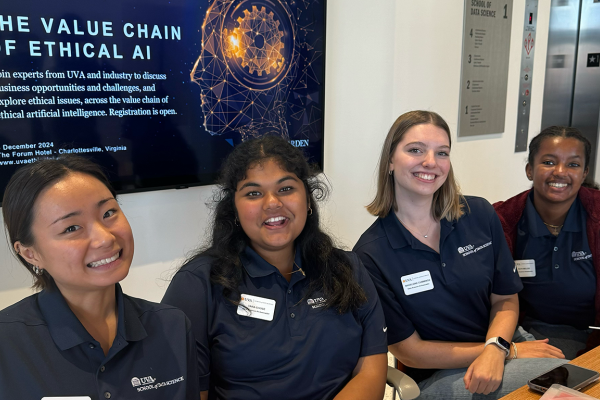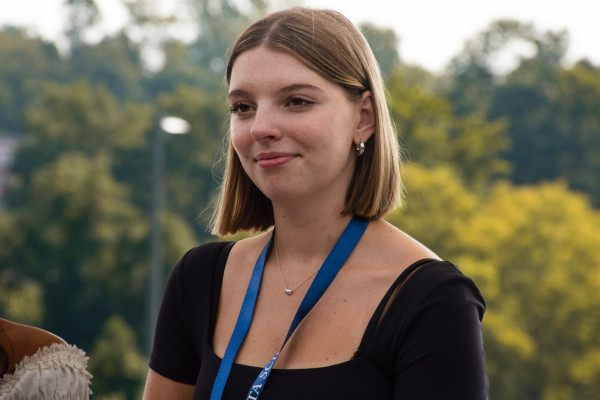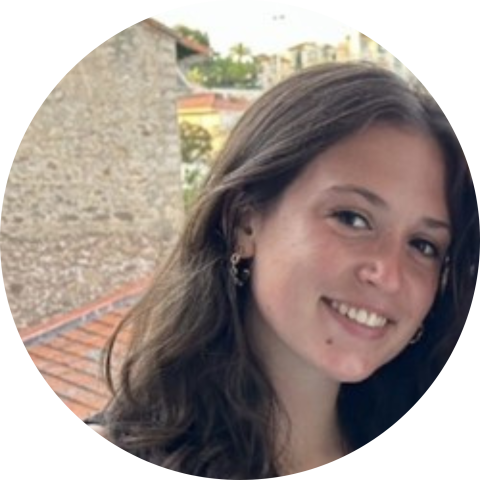
Tips For Creating Your Best BSDS Application Resume

Taylor Decina, a School of Data Science Undergraduate Ambassador, shares valuable resume advice for applicants to the B.S. in Data Science (BSDS) program.
She emphasizes the importance of crafting a clear, confident, and well-organized resume that highlights academic achievements, work experience, leadership, and personal projects.
Taylor encourages applicants to showcase their unique experiences, use strong action words, and quantify their contributions. With practical tips and available resources, she aims to help students create a resume that authentically represents their journey and strengths. Read on for more of Decina's resume tips and advice.
Where To Start?
Starting your application to the BSDS program may feel daunting, but it does not need to be! Here at the University of Virginia School of Data Science, we are looking for your story, because truly no two data science students are alike. While we look forward to getting to know you through your entire application, it is important to have a resume you can feel confident about.
Your resume for the BSDS application should focus on your academic, work, or extracurricular experience since you graduated from high school. We hope your resume will demonstrate your involvement on-Grounds, such as clubs and activities, or internships or paid jobs, leadership, service, family responsibilities, civic engagement, military experience, gap year activities, coding or research projects you’re proud of, and any other accomplishments you’d like to share.
Just as no two applicants are alike, neither are two resumes. However, there are a few basic ground rules to follow when crafting your resume:
Keep It to One Page
We know you have accomplished so many things thus far, however trimming it down to the most relevant and recent activities will allow for a clear read for our admissions committee. The spacing will fluctuate depending on how many lines are written; however, the font should consistently be Times New Roman in a readable size.
Organization is Vital
It is important to make sure that anyone who reads your resume understands what you are referring to in your background. I elect to have four sections on my resume: education, relevant work experience, leadership experience, and philanthropic experience. But remember, no two resumes are alike and may include sections more relevant to you! This may include: professional development, publications, personal projects, and more.
Emphasize Your Role
While the overarching goal of a project/job you worked on is necessary to describe on your resume, pay particular attention to including what you contributed. If applicable, add concrete numbers and data that quantify your efforts.
Include Key Words
When determining how you would like to describe your experiences, try to use diction in tune with the program. Such examples include: executed, led, collaborated, illustrated, developed, etc.
When describing your experiences make sure to reference specific software, statistical methods, and/or analytical techniques you may have used. Such examples include: Python, R, Data Mining, Machine Learning, Data Cleaning, and Data-Driven Decision Making, to name a few.
Embed Hard and Soft Skills
Throughout your resume you should be referring to skills you have been taught (Coding languages, Microsoft Word/Excel, etc.) and skills you have developed on your own through your experiences (Collaboration, Communication, etc.)
Be Confident
Your resume is not the place to downplay your achievements. You did the work and deserve to share it with others as you continue your education/career!
Additional Support
Your resume should ultimately reflect who you are—your experiences, interests, and aspirations. If you’re still unsure of how to best approach the process, there are resources available to you:
First, you can connect with the UVA Career Center. The Career Center offers several resources like appointments to connect with a Career Advisor or VMock, an AI resume support tool!
Second, check out some of the upcoming Data Science BSDS events to learn more about the application process and receive tips directly from the admissions committee!
Finally, reach out to me or another BSDS Student Ambassador if you have any questions or want to learn more about how we approached the application process! We’re here to help and wish you the best of luck!
Ready to Apply?
The 2025 BSDS application deadline is Apr. 30, 2025. Visit our website to learn more about the admission criteria and requirements. If you have any additional questions, feel free to reach out to the Admissions Team.
